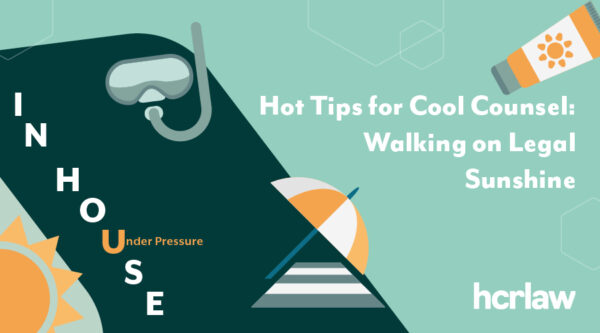

For exports from the UK to the EU, the transitional period for statements of origin expired on 31 December 2021. From now on, import and export rules will be more strictly enforced, and you’ll need to understand import declarations, export declarations and the documentation that supports your proof of origin.
And of course, if you’re exporting outside the EU, the rules of the host country will apply.
Rules surrounding this are not complex but are made more difficult to follow by practitioners using jargon and abbreviations for simple concepts. It’s best not to lose sight of the point: we’re try to claim a zero tariff – or as low a tariff as possible – for the goods you export. To achieve this, you need to use the correct commodity code. This is sometimes an art, because arranging your product in separate parts might result in different codes and therefore different tariffs.
You also need to check your goods meet the ‘rules of origin’ requirement. For EU purposes, that means proving the goods were made in the UK or at least substantially made in the UK. Thus, we see that the phrase “rules of origin” really means country of origin.
There are various product-specific rules which we can help you check for your products. The goods can be wholly obtained in the UK or can be partly obtained here (the percentage varies from product to product) or can be subject to the ‘value added’ rule.
For example, the metal rod of a drill bit might have been made in Japan but tooled in the UK. During the tooling process its value increases from £2 to £190. If the ‘value added’ rule applies, the drill bit can be said to have originated in the UK for customs purposes. Oddly, the EU does not automatically accept that goods part-made in the EU and part-made in the UK meet the requirement.
The key change in 2022 is that EU customs might need to see the supplier declarations (which are the documents the manufacturer provides to you) that you should have been saving last year. Those declarations prove the goods meet the product-specific rules of origin. Previously, you needed only to make a “statement on origin” for goods. Now, you need to provide a supplier’s declaration that this is the case.
This works retrospectively, so you’ll need to provide the supplier’s declaration to confirm the UK origin of goods you exported to the EU at any time during 2021. If you are unable to do so, then (if this is checked), your customer in Europe will be liable to pay the non-preferential rate of customs duty. You (the exporter) may also be penalised.
Of course, it’s possible that you are not worried about preferential tariff rates because the goods you export are zero-tariffed anyway, even without a preferential rate.
If you are exporting outside the EU, you’ll need to be aware of more complex rules, not just on origin but also product quality, and you may need help on other equally important matters such as due diligence on your distributor, which are beyond the scope of this article. We offer free consultations on some of these matters.










